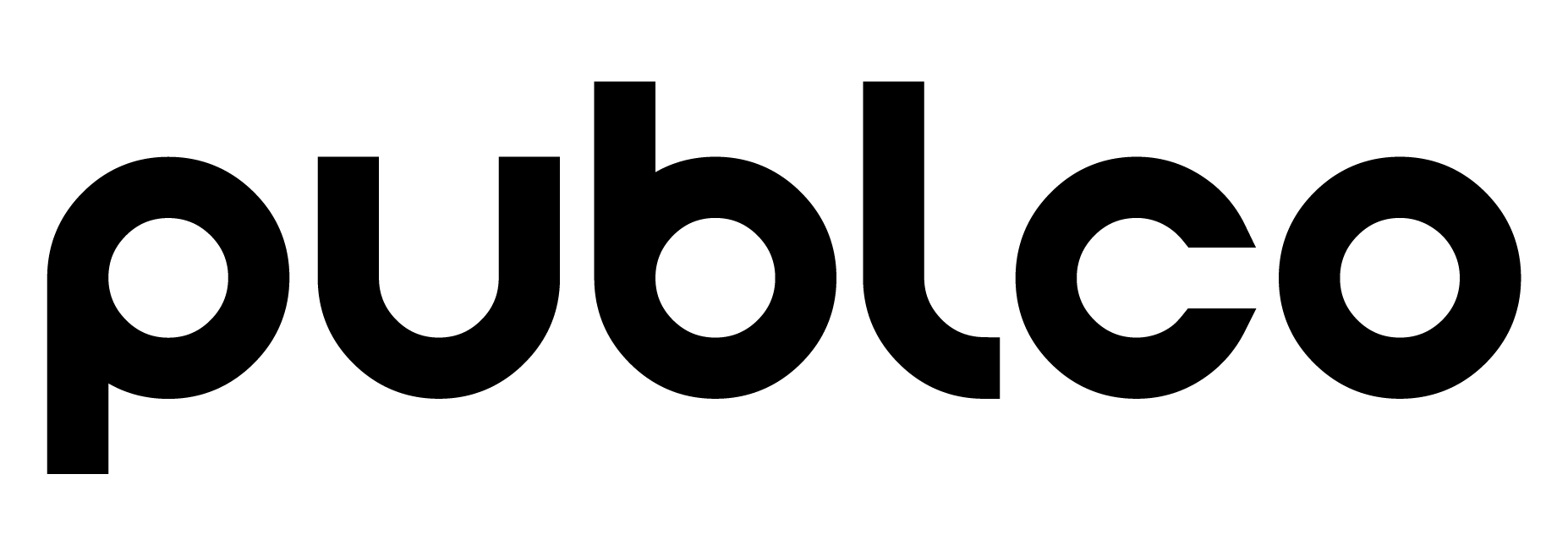Measuring Digital Marketing Effectiveness

ROI, CPC.. how and what measure?
Analyzing the campaign’s aggregate impacts on the company is crucial to measuring the success of digital marketing metrics. Businesses can now anticipate and respond to changes in client behavior thanks to the patterns developed by analysts. These forecasts involve elaborate procedures that call for in-depth brand analysis to reveal the extent to which marketing resources have been invested and the results to date.
What Are Digital Marketing Metrics?
Metrics for gauging the efficacy of an organization’s online advertising campaigns are known as key performance indicators (KPIs) in the context of digital marketing metrics. Using digital marketing metrics, you can monitor and analyze customer engagement with your brand across various online mediums, such as blogs, forums, and social networking sites. Digital marketing metrics let companies assess the efficacy of their campaigns, whether they are designed to bring in new customers or expand their existing base of buyers. Marketers may use these indicators to inform strategy adjustments that will have the greatest impact on building their brand identities and expanding their client bases. Also, digital marketing metrics can help professionals avoid wasting time and energy on tactics that are not working and instead focus on expanding the reach of their most successful campaigns.
Nulla facilisi. Vestibulum pretium, dui eu aliquam faucibus, est dui hendrerit nulla, mattis semper turpis mauris eget tellus. Nulla accumsan rutrum nibh, sed eleifend felis blandit.
Importance Of Measuring Digital Marketing Effectiveness:
Many resources are available to you when developing an online marketing strategy. Data like this is typically comprehensive and easy to acquire. All of these details will not necessarily be of value. If you want to make educated decisions about your internet marketing, you need to know what to monitor and how to use the data you collect. Consider the following:
Which mediums of the Internet do you favor?
At what point in the customer’s journey (awareness, acquisition, or conversion, for example) various channels are most useful?
What you hope to accomplish with your internet marketing efforts (e.g., more signups, more downloads, more traffic to your site, etc.).
Measuring digital marketing effectiveness will let you do the following:
– Spend wisely on online advertising.
– Boost the efficiency of sales efforts by increasing conversion rates.
– If you want to get your message through, you need to use the proper digital marketing measurement tools.
– Improve the quality of your campaign’s decision-making.
– Maximize your profit from your investments.
5 Steps to Measuring Digital Marketing Effectiveness:
Both large and small firms can benefit from the various methods available for gauging the success of their digital marketing metrics. Keep in mind these 5 essential metrics for accurately measuring digital marketing effectiveness:
1. Determine Your Business Goals: Establish your business goals and involve everyone who might add value to the company campaign. Typical goals may include expanding a company’s name recognition in a specific area, generating more leads, or boosting product sales.
2. Objectives: Set milestones for each goal. The targets must be practical, attainable, and time-bound. As you plan your online objectives, remember to factor in your website’s features and offerings.
3. Aim For Your Ideal Clientele: Find the niches in the market that will be the primary targets of your efforts. You can target individuals or companies you believe can deliver engaging experiences. Facebook Insights and Google Analytics data can help you determine which parts of your audience are most engaged. If you have this information, you can better tailor your digital marketing strategies to the people who are responding to them.
4. KPIs Should Be Set Up Immediately: Identify and track your site’s KPIs, including traffic, inbound links, bounce rates, conversions, unique visitors, and search engine rankings. Find the promising digital marketing metrics, and then aim high.
5. Analyzing Marketing Results: Decide on and implement a reliable analytic tool to track and analyze your marketing progress. Many different analytics tools are available, such as Google Analytics, HubSpot, Adobe Marketing Cloud, and others.
13 Digital Marketing Metrics and KPIs You Need to Track
Budgets, advertising plans, and sales forecasts can all be influenced by the information revealed by digital marketing metrics. Marketers use website analytic tools provided by third-party websites or specialized software to determine these digital marketing metrics. Professionals in the digital marketing sector rely on the following digital marketing measurement tools to assess the success and ROI of their campaigns and to measure digital marketing effectiveness:
1. Optimization for Search Engines (SEO)/keywords: Search engine optimization is used by marketing professionals as both a technique and a metric to increase website traffic and analyze results. SEO uses keywords to provide organic search results, which can bring more users to a website. SEO digital marketing analytics are used to uncover potential keywords, assess the terms most relevant to your website, and assess how keyword approaches have enhanced website traffic.
2. Website Traffic Volume: Measuring the overall traffic or visits to your website will help you determine where your traffic is coming from, how many potential customers are visiting, and the trends in the number of visits at particular times. Businesses attempt to generate constant traffic increases on their website. The number of visits to your website can provide you with a basic understanding of your internet presence. Checking your website’s overall traffic can provide you with a sense of the efficacy of a campaign to attract site visitors, who can then become customers and conduct transactions, as well as the effectiveness of your digital marketing.
3. Traffic Through Channels: By examining how visitors came to your website, you may determine which strategies are the most efficient for attracting visitors. Using channel traffic as a statistic, marketing professionals inquire where consumers were online before visiting their website and how users got to the site.
4. Alterations: Conversions advise marketers on the proportion of site visitors that result in genuine subscribers or paying customers. In addition, conversion metrics include website visitors who download content. The objective of growing website traffic is to turn more visitors into clients, as this results in more subscribers or direct purchases. Higher conversion rates are indicative of successful marketing campaigns, engaging website content, and effective product incentives.
5. The Average Rate of Bounce: Bounce rates represent the proportion of site visitors that left after seeing only one page. Measurements of the bounce rate can disclose the exact amount of time customers spend on your website before leaving, down to the second. The greater the importance of the bounce rate, the shorter the duration. Low bounce rates suggest that consumers are able to find the desired material and are prepared to spend time on your website, which can lead to an increase in possible conversions and a decrease in missed opportunities.
6. Search Tendencies: Search trends examine how individuals use organic search results to find your website. Keyword trends may indicate the need to update material such as blog articles and landing pages. Depending on your industry, trends may fluctuate in predictable ways, such as seasonal spikes in organic traffic for specific items and services. Additionally, you can use search trends from specific data periods to examine annual swings in search results, allowing you to identify periods of high and low traffic.
7. Initial Visitors: Marketing experts can gauge the success of focused efforts such as banner adverts and strategic partnerships by monitoring the number of first-time visitors to a website. It can also be utilized to determine the efficacy of fresh content by examining daily, weekly, or monthly increments of new visitors. Frequently, website analytic tools show the proportion of new visitors to total traffic.
8. Repeat Visitors: Measuring the frequency of repeat visits to your website can also provide information about the quality of its content. Returning visitors indicate an audience’s interest in knowledge that is both topical and evergreen or timeless.
9. Brand Awareness: Brand awareness is a difficult indicator to quantify with precise numerical data, but anecdotal evidence such as brand mentions in third-party reviews and social media conversations can provide marketers with a sense of a brand’s performance in the wider marketplace.
10. Rate Of Click-Through: Click-through rates indicate the proportion of individuals that clicked on an advertisement that led to your website. Although many people may view your advertisement, just a fraction will click on it. Professionals strive for a high number of clicks or impressions to ensure that a greater percentage of viewers may click on the advertisements. Given that it is possible, increasing click-through rates is a vital objective for marketing professionals.
11. Cost Per Click/Cost Per Impression: In digital marketing metrics, companies pay for their advertisements to appear on specific websites. By analyzing the cost per click or impression, marketing professionals can determine the value of their advertising efforts. In the context of digital marketing, an impression indicates that a user viewed an online advertisement, but a click indicates that the visitor reached your website by tapping on the advertisement.
12. Cost Per Lead: Through impressions, clicks, and response rates, the cost per lead reflects the price a business must pay for a lead. These digital marketing metrics indicate the overall cost of turning site visitors from organic traffic or advertising initiatives into viable prospects. Marketing experts can measure the profitability of their advertising campaigns by calculating their cost per lead. It can aid in budgeting and the distribution of cash for particular initiatives. Cost per lead also helps marketers determine the optimal lead volume for their organization.
13. Pageviews: In addition to measuring digital marketing effectiveness and the amount of time a user spends on your website, you can also examine the number of pages they saw. Additionally, pageviews might reveal the most popular section of your website. For e-commerce sites, the most popular pages may be the online shopping pages, but service-based enterprises may find that their instructive blog receives the most traffic. Knowing where people browse most frequently on your website can help you strategically position content on these pages.
Conclusion
In a nutshell, measuring marketing campaign effectiveness is vital for any firm seeking to expand its digital marketing metrics. Get in touch with us right now if you need help finding the correct digital marketing strategies.


Comments are closed.